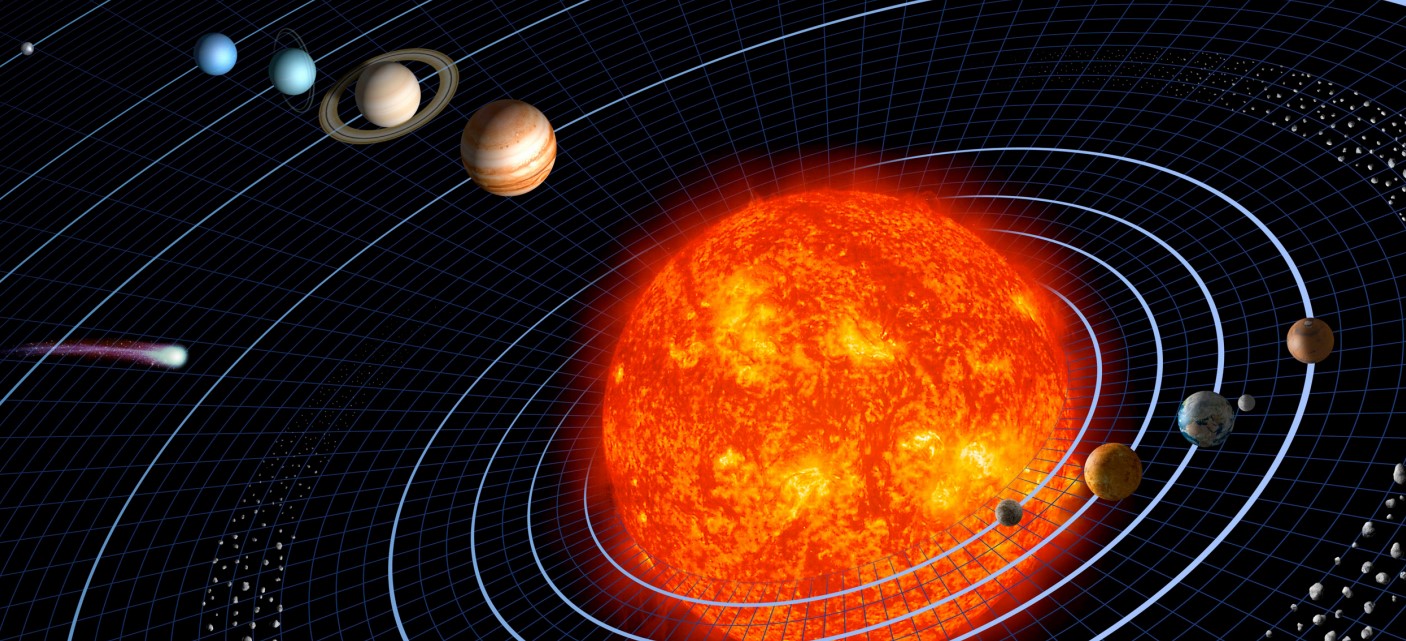High School | Daily Do
What variables affect the size of the gravitational force acting on an object in space?

Is Lesson Plan Lesson Plans High School
Sensemaking Checklist




Lesson Snapshot
High school students, as scientists, use simulations to investigate the following driving question: What variables affect the size of the gravitational force acting on an object in space? Students wonder if their explanation so far can explain why Earth had a mini-moon (2024 PT 5) for a short time in the fall of 2024. Students use the Gravity and Orbits simulation to test the effects of changing an object’s speed, an object’s mass, the star’s mass, and the distance between the object and the star. Students identify patterns and use them to explain why some objects crash into a star, others pass by, and others orbit. Next, students plan and carry out a qualitative investigation using the Gravity and Orbits simulation to test hypotheses about the variables that affect the size of the force of gravity acting on an object. Students compare the patterns and trends to the qualitative observations made earlier in the lesson. Based on the patterns, students share initial ideas about a mathematical model that could be used to calculate the force of gravity between two objects. Students then use a simulation to calculate the gravitational forces two objects exert on each other for a few sample data points. They notice patterns and trends in the data and then analyze the equation for universal gravitation. Finally, students consider how the equation could help answer some of their questions and what new questions have emerged.
This is lesson 3 of the Asteroids Orbits Unit.
Click the Download PDF button above for the complete Lesson Plan.
Materials
Student Materials
Per Student
Per Small Group (2 to 4 students)
- Computer or tablet to run the simulation
Teacher Materials
Optional Teacher Resources


